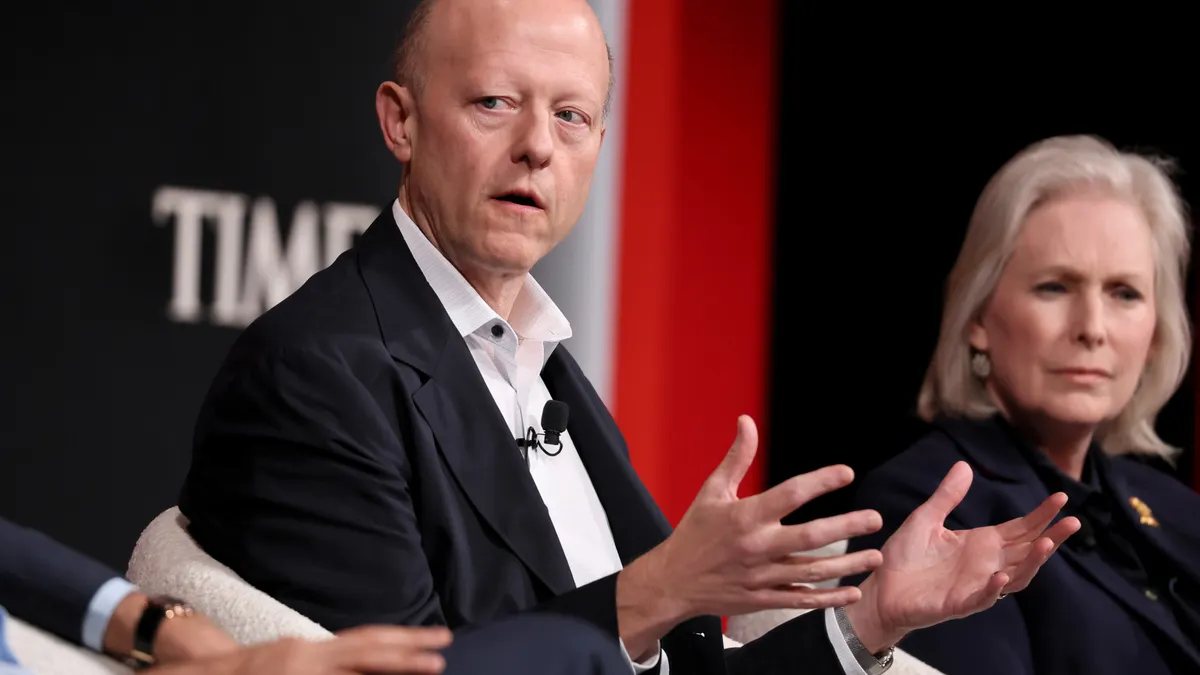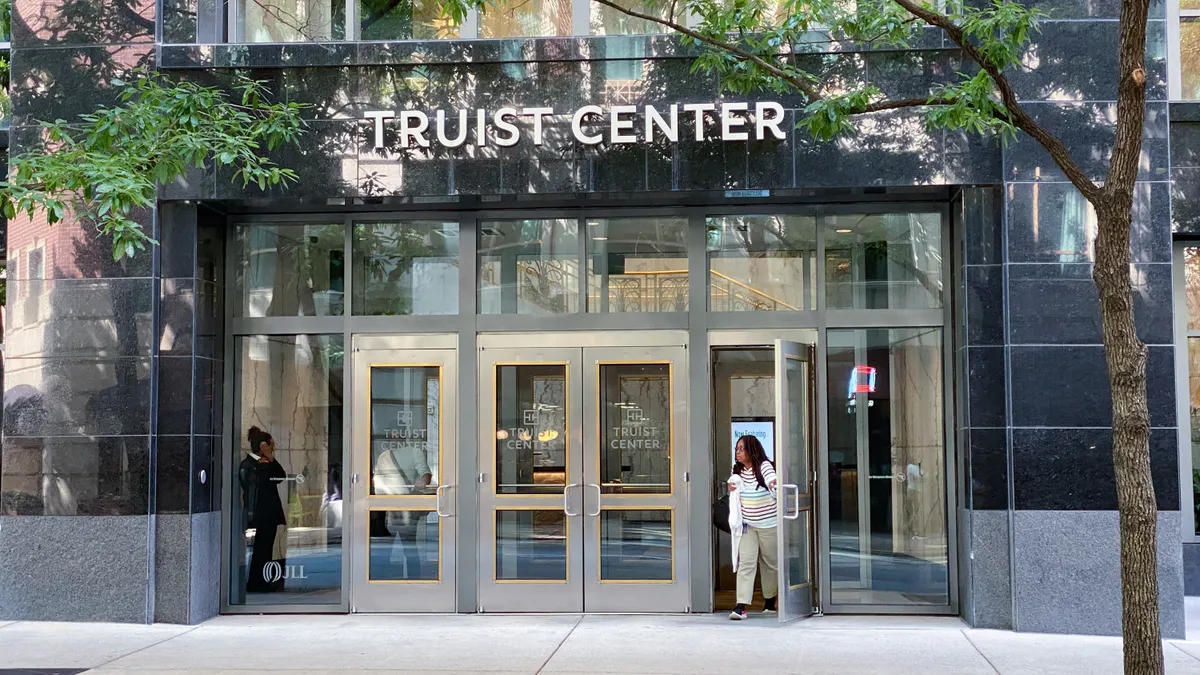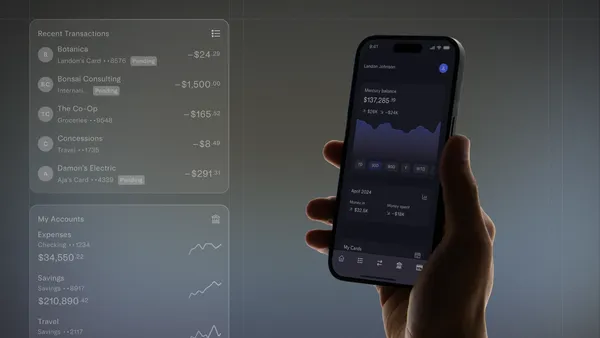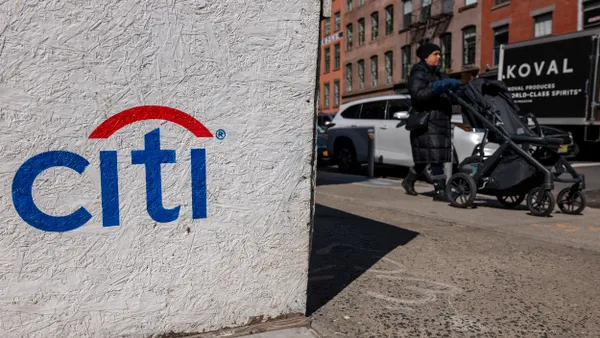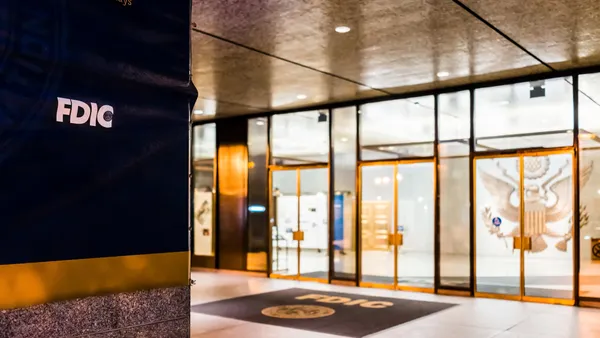Dive Brief:
- The Federal Reserve plans to revamp the Volcker Rule "early in the fall," Fed Vice Chair Randal Quarles told a panel discussion Thursday at the Bipartisan Policy Center. The changes will take into account feedback the Fed sought on banks' limits on proprietary trading and investing in covered funds. Wall Street said an earlier plan didn't sufficiently simplify such limits.
- Quarles also discussed potential changes to the countercyclical capital buffer — the amount held by big banks during boom times — to protect against losses when risk is high. The U.S. has calibrated its "through-the-cycle requirement" so high that the buffer is effectively always on, though the bank has not technically used it.
- The Volcker Rule change would need to be approved by four other regulators: the Federal Deposit Insurance Corp., the Office of the Comptroller of the Currency, the Securities and Exchange Commission and the Commodity Futures Trading Commission. The full board of the Fed has not yet considered countercyclical capital buffer adjustments, Quarles said, so such changes should not be expected soon.
Dive Insight:
Quarles' position on the countercyclical capital buffer is not new. In March, he defended the Fed's decision to hold the buffer at zero percent for the third straight year.
The U.S.'s through-the-cycle requirements are, in some cases, double the amount agreed internationally. "Financial stability risks are not meaningfully above normal [in the U.S.] because there's so much capital in the banking sector," he said, meaning essentially that loss protection at big banks is dependably consistent in bull and bear times.
The challenge, then, is finding a way to turn the buffer amount down. But that process wouldn't be quick. "To reach into what are supposed to be static measures and say, 'Well, we're gonna turn these down,’ that takes a couple of years to change a regulation," Quarles said Thursday.
A more efficient way to manage the buffer may be one Great Britain employed during the Brexit back-and-forth. Officials in that country have turned the buffer on, off, then on again, Quarles said, and found a balance by keeping a flexible layer of capital that can either be added to the buffer or used throughout the cycle.
"The principal benefit of this buffer is less to row against the current in the boom time and more to be able to turn something down in the down part of the cycle," Quarles said. "I think that's something we should think about."
Not all Fed governors are in agreement on the countercyclical capital buffer. Fed Gov. Lael Brainard dissented from the March vote to keep the buffer at zero, saying there would be "several potential advantages to building additional resilience."
"The essence of the cycle is that market sentiment [may] become overconfident precisely when risk is actually highest," Brainard told the Peterson Institute for International Economics in December.



